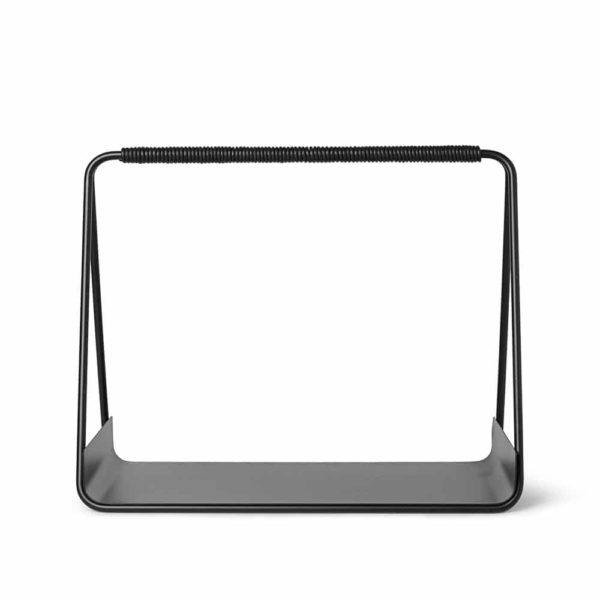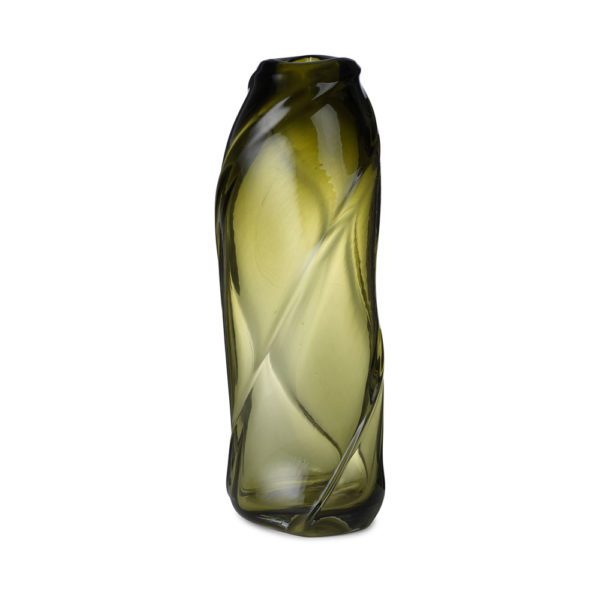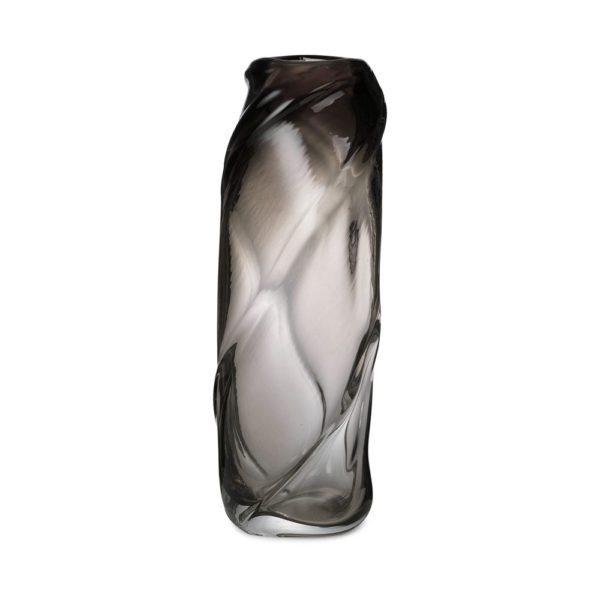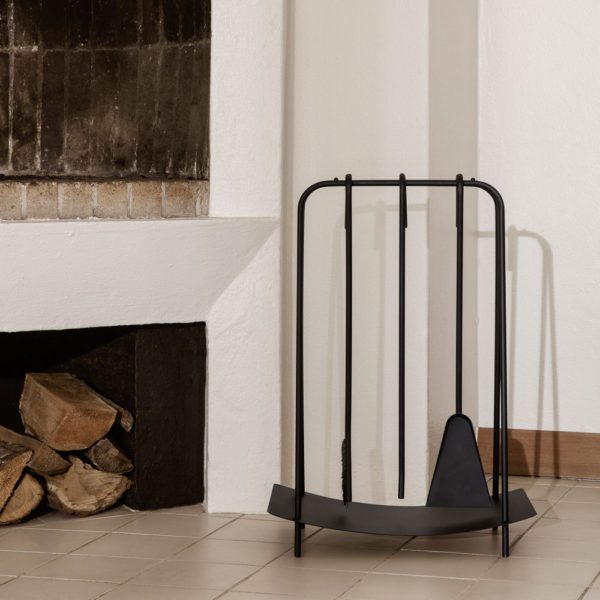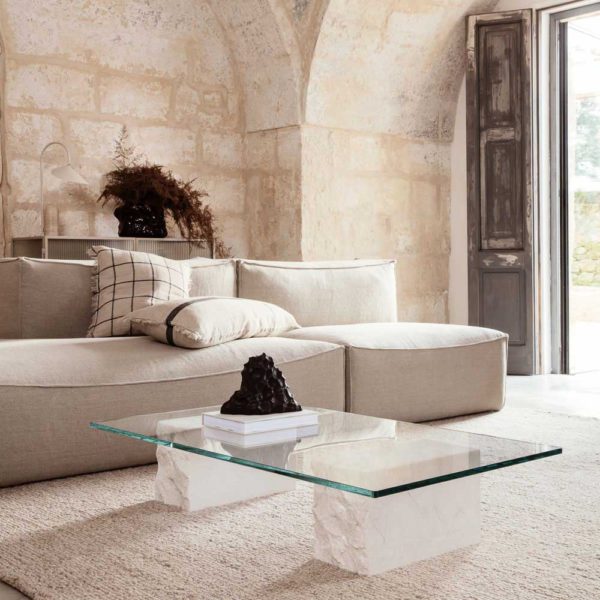Hey there design fans!
Are you in need of some design lingo refreshment? Look no further! In this blog post, we’re covering five essential terms in the fields of interior design and architecture, all starting with the letter H. From habitat to herringbone pattern and hipped roof to homogeneity and hearth, these terms are commonly used in the design world (but can sometimes be confusing). Keep reading to learn more and boost your design vocabulary.
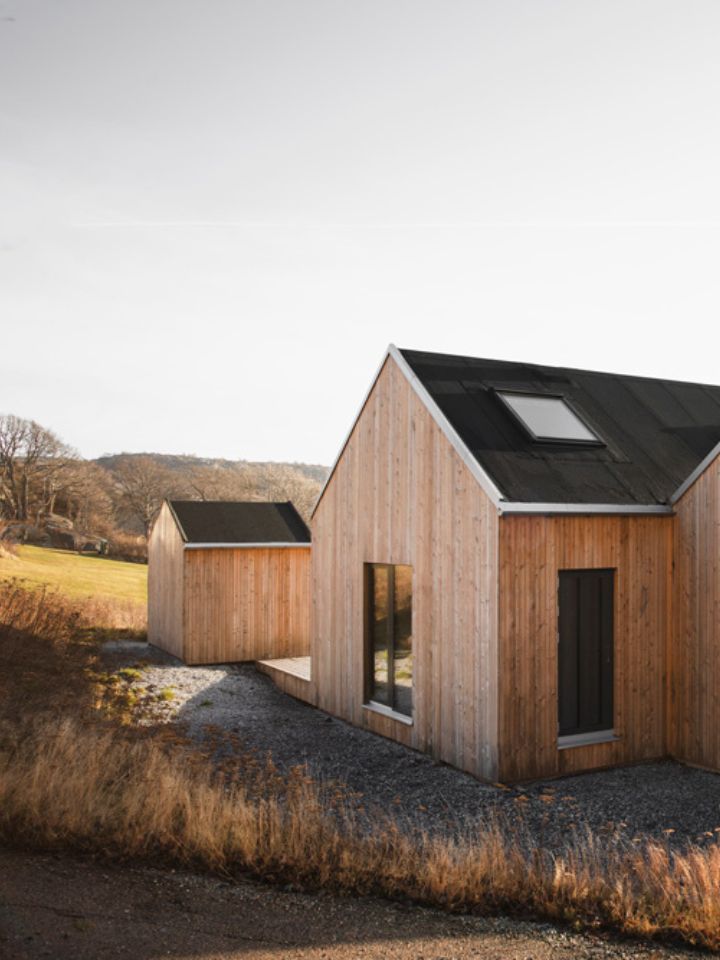
Habitat
Okay, hold on a second – before you start picturing us designing homes for giraffes and gorillas, let’s clarify what we mean by habitat. In the world of design, habitat refers to the overall environment or setting in which a building or structure is located. This can include things like the surrounding landscape, the climate, and even the culture of the area. Basically, it’s all about understanding the context in which a design project exists and creating a space that fits in seamlessly (or stands out in a cool, intentional way). No rainforests or savannahs required!
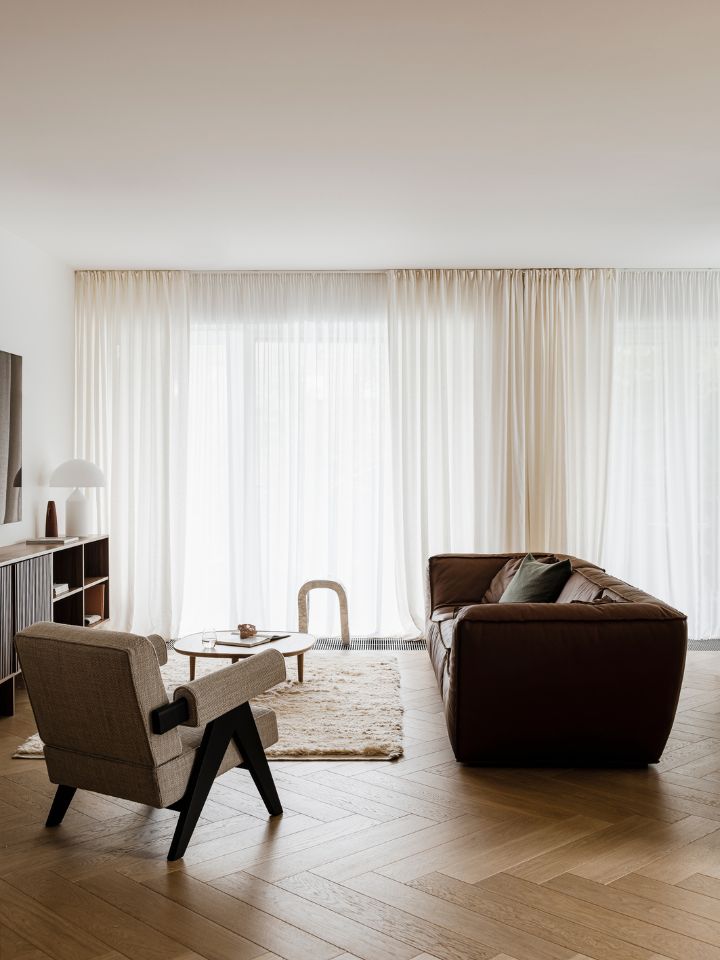
Herringbone Pattern
Up next on our list of design terms is the herringbone pattern. No, it’s not a fancy new fish species – it’s actually a decorative pattern characterized by a zigzag arrangement of parallelograms. You might recognize it from chic wood flooring or trendy wallpaper. But don’t let its trendy reputation fool you – the herringbone pattern has been around for centuries and is known for adding a touch of sophistication and visual interest to any space. So go ahead and embrace your inner design snob (just kidding, we’re all friends here) and add a little herringbone to your life.
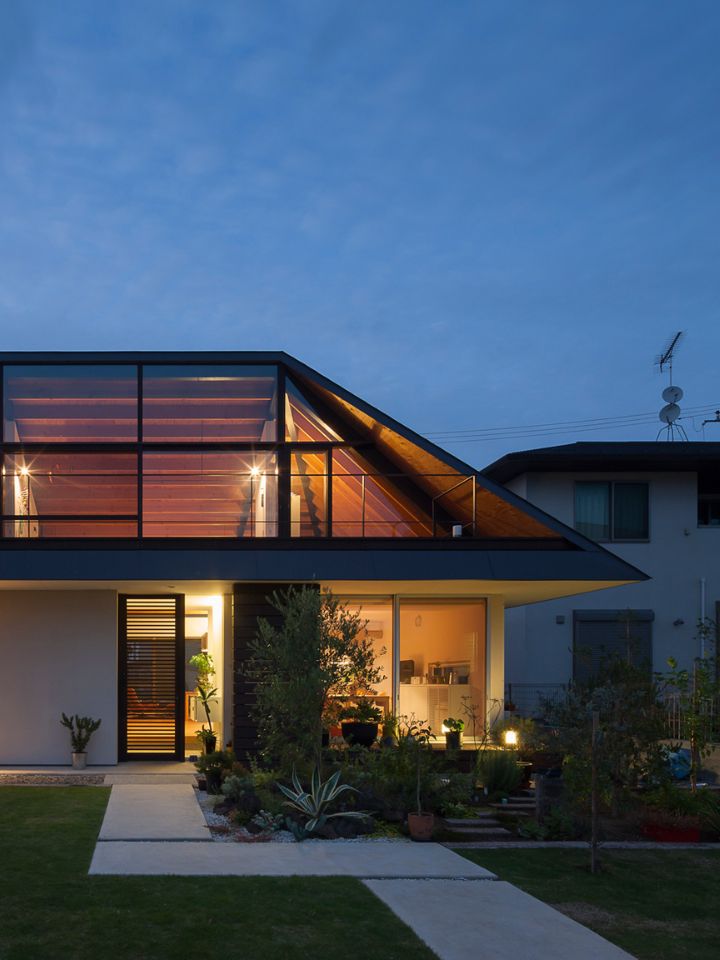
Hipped Roof
Next on our list is the hipped roof, which might sound a little more intense than it actually is. A hipped roof is a type of roof that slopes downward from all four sides of a building, giving it a more uniform, boxy shape. You might be thinking, ‘Wait a minute, isn’t that just a regular roof?’ But hold on – hipped roofs differ from gabled roofs, which have those triangular walls at the end (you know, the ones that make houses look like they have pointy hats). Hipped roofs are popular in all sorts of architectural styles, from traditional to modern, and can add a touch of visual interest to any building. So don’t be hipped on hipped roofs – they’re actually pretty cool!
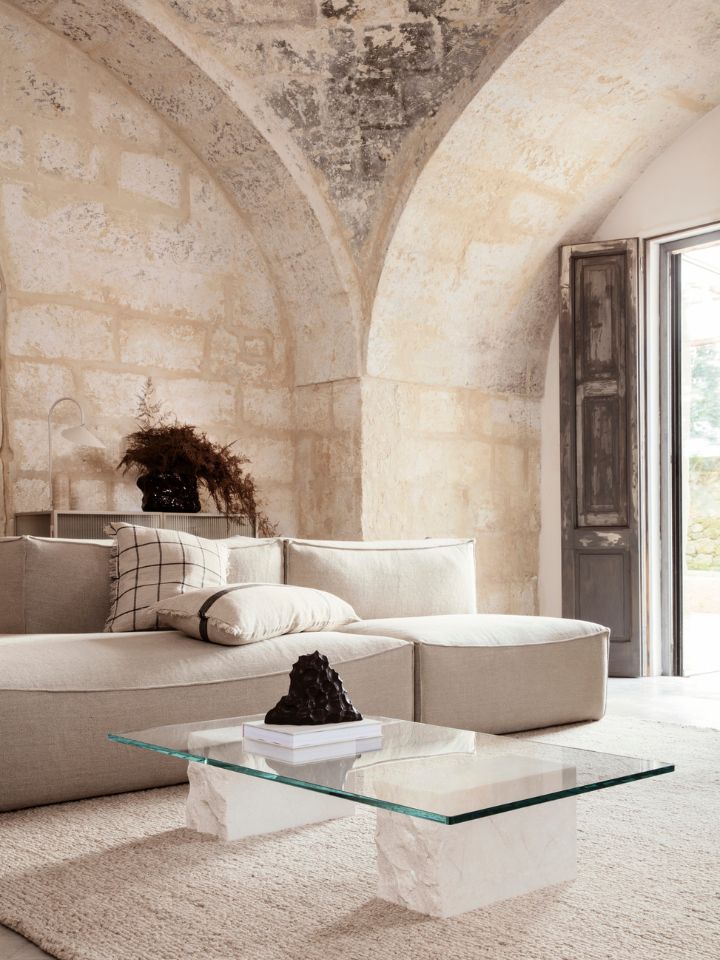
Homogeneity
Up next on our list of design terms is homogeneity, which is a fancy way of saying ‘uniformity’ or ‘consistency.’ In the world of design, homogeneity can refer to the use of similar materials, colors, or forms within a building or space. For example, a homogenous design might feature a cohesive color palette or repeating patterns. Now, you might be thinking, ‘Hold on, isn’t a little variety a good thing?’ And you’re not wrong – a little bit of contrast can definitely add interest to a design. But sometimes, a cohesive, uniform look can create a sense of calm and harmony (kind of like how matching pajamas can bring a family closer together…or something like that). So don’t be afraid to embrace your inner minimalist and go for a little homogeneity every now and then.
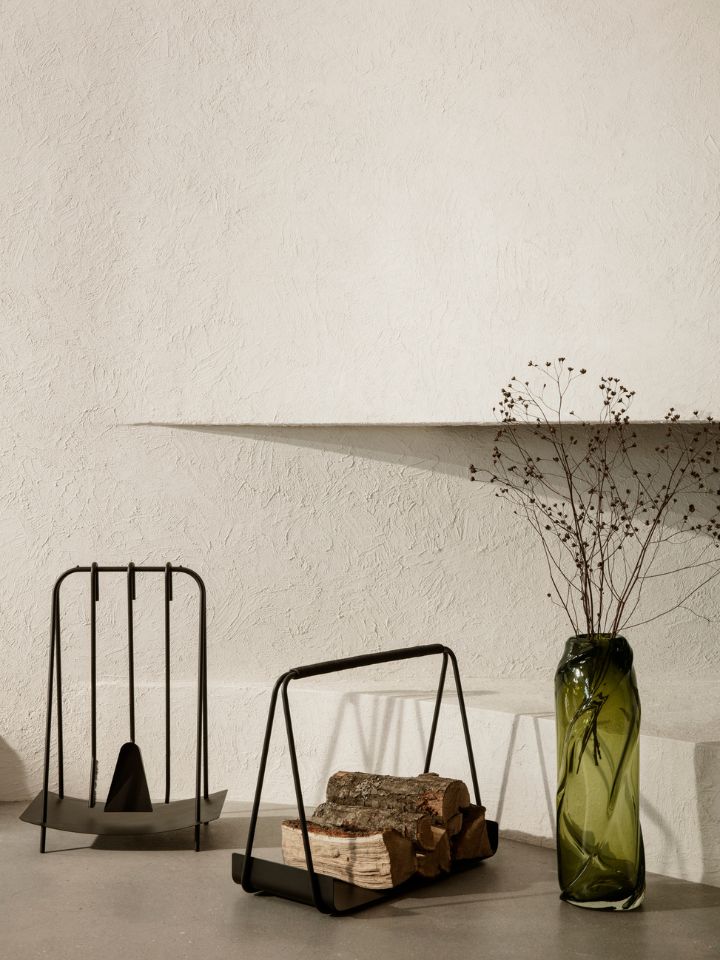
Hearth
And last but not least on our list of design terms is the hearth. In the world of design, a hearth is a raised, paved area in front of a fireplace or stove. It’s kind of like a mini platform for all your fire-adjacent activities (like roasting marshmallows or drying your socks). Hearths can be used as a decorative element in interior design, adding a touch of cozy charm to a room. But they’re not just for looks – hearths can also serve functional purposes, like providing a spot to store firewood or a place to set your pots and pans while you’re cooking over an open flame. So go ahead and embrace your inner caveman (or woman) – the hearth is here to help.
And there you have it – five essential interior design and architectural terms demystified! We hope this little lesson has been helpful in navigating the world of design lingo, and that you feel more confident and knowledgeable about these common (but sometimes confusing) terms. Whether you’re an interior design enthusiast looking to brush up on your vocabulary or an architecture student preparing for exams, these terms are sure to come in handy. And if you’re still craving more design knowledge, be sure to check out our other blog posts for more helpful tips and insights.
Until next time, happy designing!

